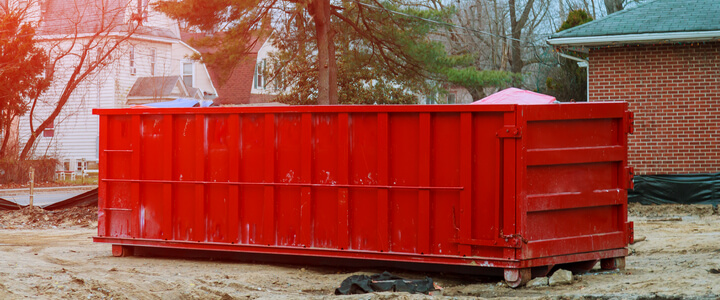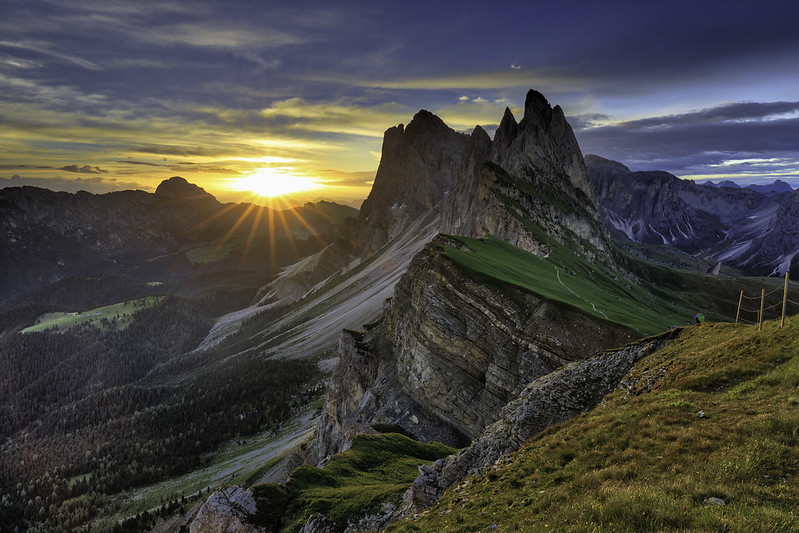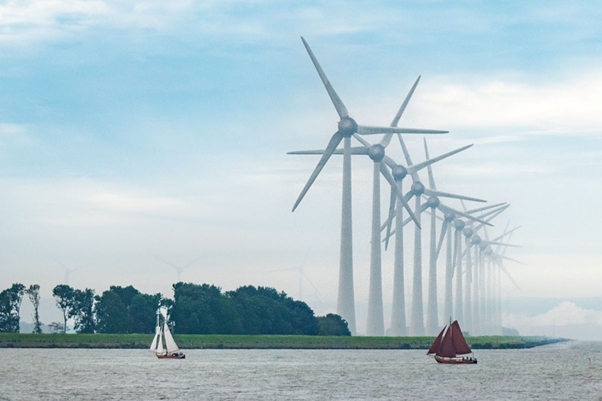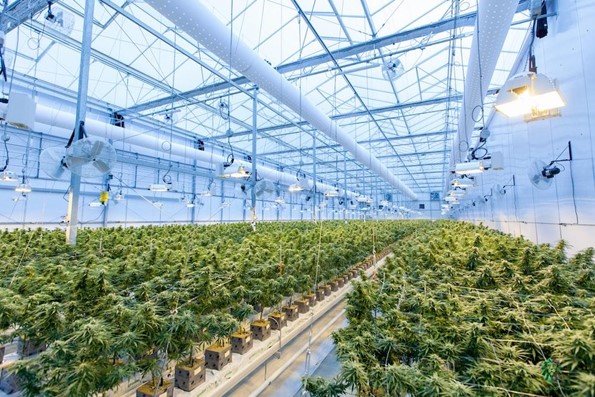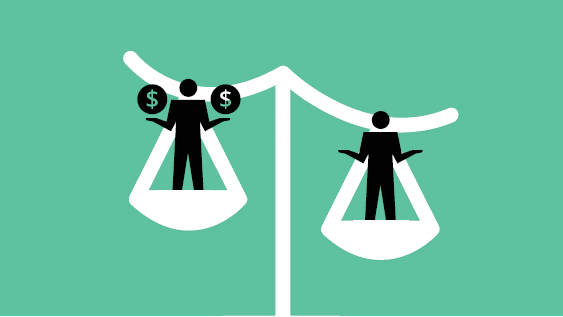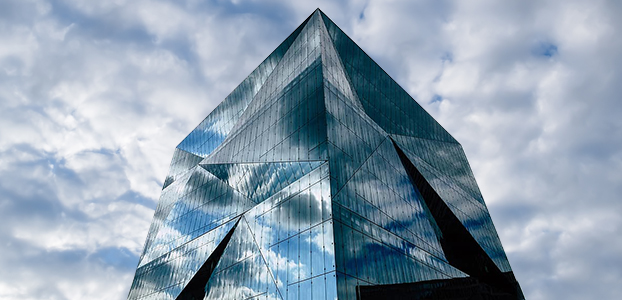Why Does the Ozone Hole Persist Despite Years of Strong Environmental Efforts?
Renewable energy advocates and environmental scientists have put their best efforts forward for decades in an attempt to close the hole in the ozone created by anthropogenic climate change. How is the ozone layer healing, if at all?
Discover what humanity can do in light of increasing climate anxiety, primarily around its poster child — the ozone hole.
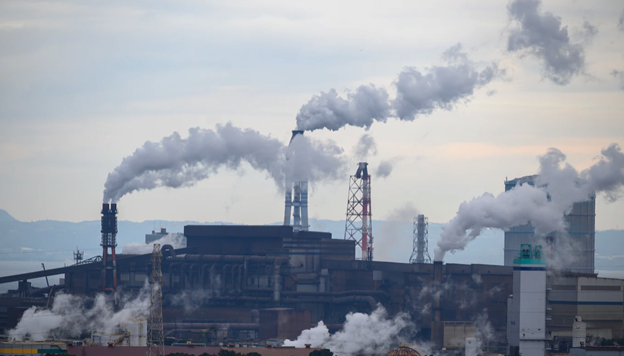
What Is the Current State of the Hole in the Ozone?
The hole above Antarctica was at its largest in 2000 at 28.4 million square kilometers in size. The ozone hole’s size in 2023 measured at 26.1 million square kilometers. There are at least a dozen prominent ozone holes, but the one over the South Pole is the most notable.
Ozone-depleting substances, like chlorofluorocarbons and methyl bromide, have seen severe usage cuts in the last several decades. The EPA is phasing out refrigerants like R22 in response to the Clean Air Act. This is through many years of regulatory action and efforts from the United Nations, leading to the overall shrinkage.
It is critical to note it has not always been on a downward trajectory since 2000. While some aspects of environmental advocacy have succeeded, other influences have emerged and strengthened. Global warming rages and natural disasters like volcanic eruptions add metaphorical fuel to the fire by creating more holes and making the biggest one even larger.
What Is Stopping the Ozone Hole From Closing?
Constant discourse and policymaking should help the ozone layer heal. However, several influences and knowledge gaps are in the way of plugging the hole.
The overall size of the hole may be shrinking by a couple of million square kilometers, which is vital. However, the center’s levels have reduced by 26% compared to almost two decades ago. It is most noticeable in the springtime. This revelation is expanding what the public and climate scientists focus on when raising awareness of the hole in the ozone — its depth and width are equally relevant and urgent. So, if it is shrinking in size, how is it digging itself into a deeper hole?
The first issue is a misguided public perspective. Initiatives banning ozone-depleting substances and the Montreal Protocol may cause people to believe the issue is solved. As with all climate conversations, there is rarely a single solution to a complex problem. More education is necessary to make laypeople understand the complexity of ozone recovery and what the continued, pervasive, destructive players are, including:
- Changing wind patterns
- Altered solar cycles
- Intensified weather events, like hurricanes and cyclones
- The shifting pressure and temperature of the polar vortex
- Air pollution from events like wildfires
What More Can Be Done?
The United Nations states the ozone hole’s recovery will be restored in another 40 years, which is on track with current projections. With ozone-depleting substances primarily out of the picture, the planet can focus on reducing the severity of weather events.
This happens with all positive climate action, including transportation electrification and renewable energy generation. Eliminating the world’s reliance on fossil fuels will lower temperatures, making weather events more manageable and less devastating. Additionally, regulatory bodies must hold corporations more accountable to compliance frameworks that audit environmental impact.
The ideal supplement to these activities is better natural disaster mitigation. Wildfires and cyclones damage the ozone more today than ever before because they are difficult to contain and stop. Wildfires would release fewer airborne particulates if teams had better technology and tools to stop their spread more efficiently, such as smart sensors.
Another suggestion is a form of geoengineering called stratospheric aerosol injection to level global temperatures. It would make the layer reflect more sunlight, though this strategy is not widely popular due to its potentially catastrophic side effects. Other geoengineering methods may manifest, but most have been debunked or criticized.
Is the Hole in the Ozone Layer Healing Enough?
The ozone layer is not wholly salvaged but is on its way. Meaningful healing might not be visible for another few decades, but it depends on the willingness of humanity to collaborate and commit to initiatives that support it.
Ridding the atmosphere of CFCs and similar products was a monumental step, but it is not comprehensive action. Planetary advocates must lobby for continued research and development to expand everyone’s perception of what constitutes long-term ozone recovery.

